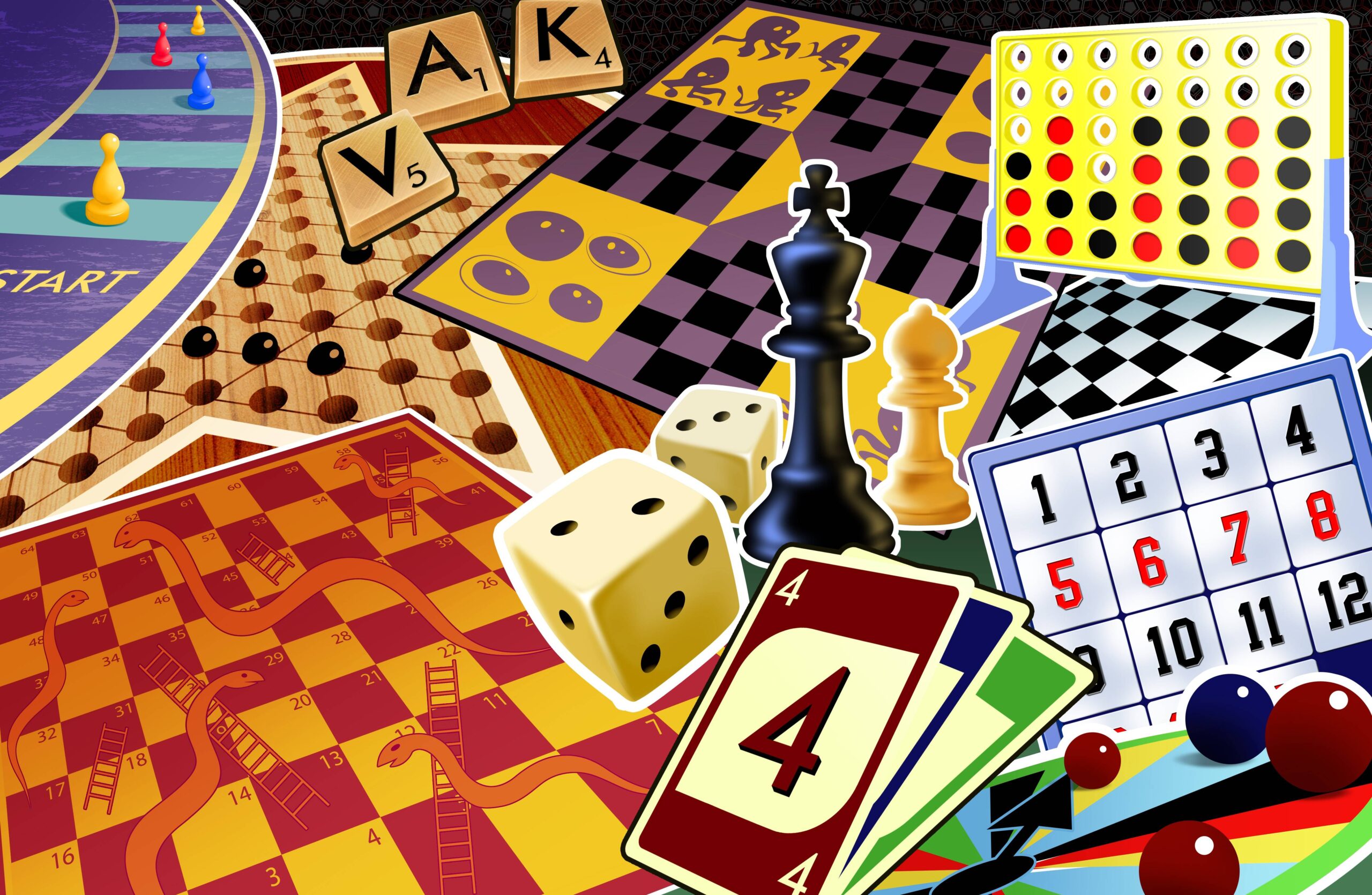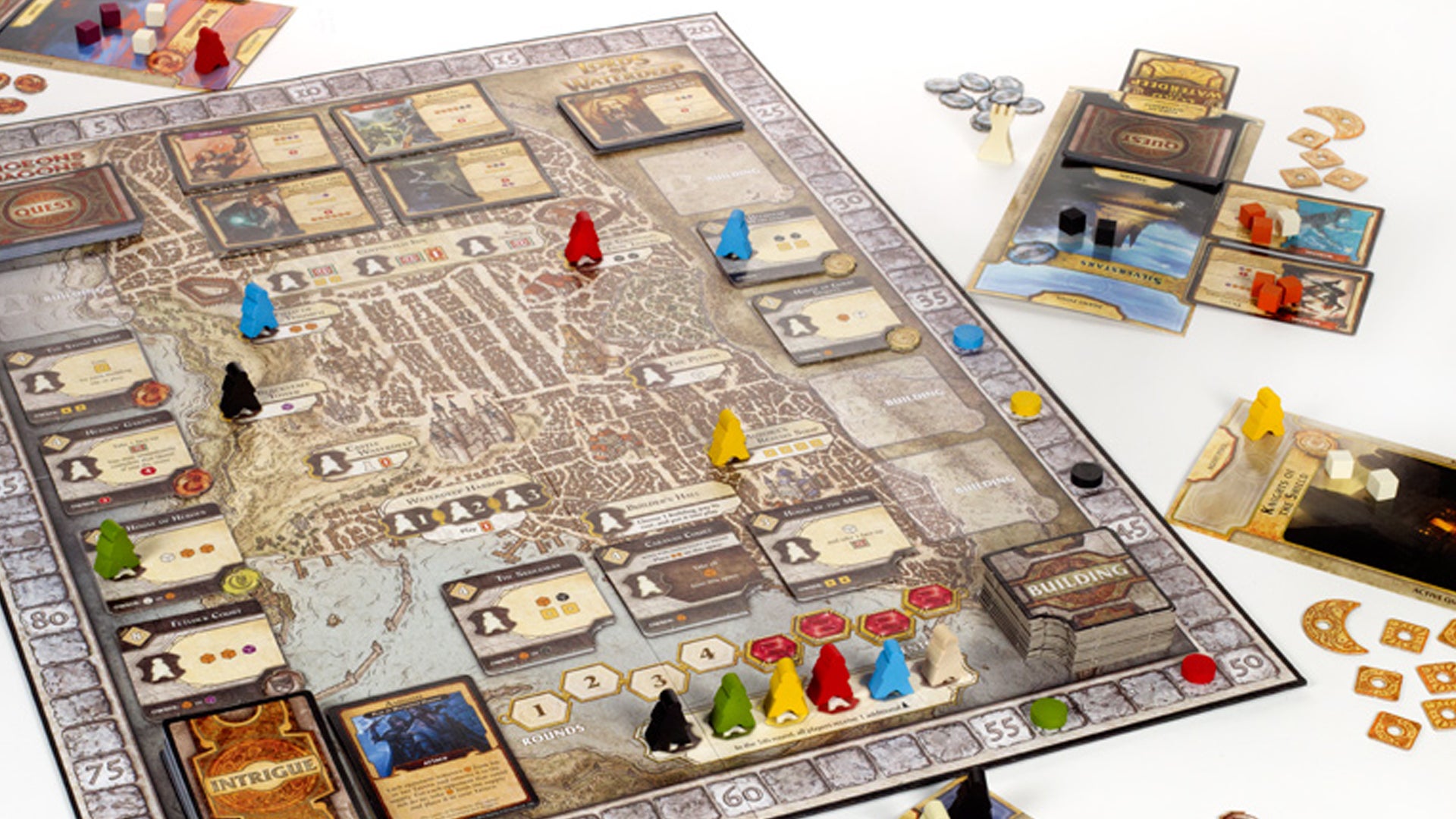Shaking Digital Dice: How Classic Board Game Mechanics Inspire Today’s Online Gaming Platforms
Everyone has experienced that thrill when the dice are suspended in the air, the heart pounding, waiting to find out the outcome. It’s the same excitement that’s been attracting people to game boards for centuries, and it’s precisely what online gaming sites today are counting on. Literally.
The relationship between your Friday night Bunco session and contemporary digital gaming is more profound than you may suspect. As board games such as Fate of the Fellowship and Arcs top wishlists and gaming cafes are opening across cities in 2025, creators are not only taking note of the tabletop renaissance, they’re actively excavating it for inspiration.
The dynamics that board games excel at translate really amazingly to the screen, and recognizing this kinship is the reason why some online experiences feel so intuitively immersive.
The DNA of Risk and Reward
Deep down, the best board games utilize some old faithful mechanics that engage something deep in the human psyche. Push-your-luck mechanics, where you decide whether to bank modest winnings or risk it all for potentially massive gains, are everywhere from Can’t Stop to Quacks of Quedlinburg.
You’re always wondering: do I cut my losses here with what I’ve got, or do I try my luck with the risk of one bad roll destroying me?
This is behavioral psychology at work. Experiments demonstrate that anticipation of a reward activates dopamine more powerfully than the reward itself.
When you are contemplating taking another card or rolling the dice again, your brain is afire with potential. And this is the key: it works exactly the same whether you are sitting at an actual table or clicking a mouse.
The dice-rolling mechanism is worthy of particular note since it’s so beautifully straightforward. Four six-sided dice can produce 1,296 varying results.
That mathematical potential provides an illusion of control, you think surely this roll will be various, while preserving utter randomness. That is why Sid Sackson’s Can’t Stop, originally released in 1980, remains modern today.
From Physical to Digital: The Translation Challenge
These mechanics are not so simple to bring online. When you roll real dice, you’re seeing true randomness, the free roll, the random bounce off the edge of the table. Online systems can’t duplicate precisely that physics, so they’ve done something instead: Random Number Generators (RNGs).
Today’s RNGs are complex algorithms that generate sequences of numbers with no predictable pattern. They generate thousands of possible outcomes per second and only choose one when you press that button or make that bet.
The technical name is Pseudo Random Number Generators (PRNGs), and they’re intended to mimic the statistical characteristics of physical randomness while being mathematically provable.
But that is where trust comes into play. You can’t observe the algorithm in action, so how can you be sure it is fair? That is where third-party independent testing comes in.
Companies such as eCOGRA, iTech Labs, and GLI put those systems through their paces, running statistical tests to make sure the results truly reflect random probability.
The certification and testing are more important than most players know. An adequately tested RNG will ensure that if a game has a 95% Return to Player (RTP) percentage, you will indeed get around $95 for every $100 bet. A result over thousands of spins, that is, the short-term result will be all over the place, that’s how randomness works, but the long-term numbers never lie.
Mechanics That Made the Jump Successfully
Resource management also ported over to digital media incredibly well. Playing board games such as Agricola or Lords of Waterdeep, you’re always determining where to place finite workers to take specific actions.
Online websites replicate this with betting structures, progressive elements, and timing strategy choices. You have finite resources and need to determine how to deploy them for optimal impact.
Set collection mechanics ported perfectly as well. Whether you are matching symbols on revolving reels or gathering certain card combinations, the psychology is the same: pattern recognition is rewarding, and near-misses will keep you playing. The human brain is programmed to recognize patterns, and these mechanics play off that urge perfectly.
Area control mechanics, fighting over territory or dominance in specific zones, appear in more subtle forms online. Progressive features that unlock based on your activity level or seasonal competitions that pit players against each other for leaderboard positions directly mirror the territorial disputes of board games like Risk or Root.
Selecting Platforms that Honor the Mechanics
If you’re diving into how these traditional mechanics work in online environments, persistence counts. You wouldn’t play a round of Monopoly with someone rolling crooked dice, so don’t play with sites that don’t transparently demonstrate their reputation for integrity.
The best option is to research and be aware of which sites have been independently rated for reliability, game options, and openness in operations.
This is where review platforms come in handy. Local review-platform XenaCasino24 assists gamers in making those kinds of decisions by comparing numerous variables, from payout speeds to the variety of games offered, so users can easily determine sites that truly value the gaming experience as well as the integrity of such tried-and-true systems.
The evaluation process must take into account several dimensions: Is the platform displaying its licensure prominently? Are third-party certs, where they exist, being promoted everywhere?
What is the actual scope of the games available, and how are they implementing these retro mechanics? These are not foolish questions when you’re investing both your money and your time.
Why These Mechanics Continue to Work?
The lasting popularity boils down to three things that cross the physical-digital divide. First, familiarity lowers friction. When you run into a mechanic you’ve played with on a tabletop, you don’t need lengthy tutorials. You already intuitively grasp the risk-reward calculus.
Second, they present game designers’ “meaningful choices.” You’re not simply passively observing consequences unfold. Every decision point, however trivial, makes you feel as though you have control, even when randomness ultimately drives consequences. It’s the distinction between a movie and a choose-your-own-adventure book.
Third, and most importantly, they’re socially tested across centuries. Dice games are as old as ancient civilizations. Card games were refined over 1,000 years. These aren’t untried inventions; they’re refined entertainment technology that has endured because they continuously provide fun.
The Universal Language of Games
Whether you’re flirting with peril through an additional dice roll at a kitchen table or choosing to carry on a virtual session, you’re playing with the same basic human drives. Media vary, yet mechanisms communicate the same common tongue, one of measured risks, enticing possibilities, and that very same familiar moment of outcome disclosure.
And that’s the exact reason that these traditional board game mechanics aren’t influencing only online sites. They’re showing that certain things about human entertainment never go out of style, regardless of whether they’re presented in plastic and wood or code and pixels.


